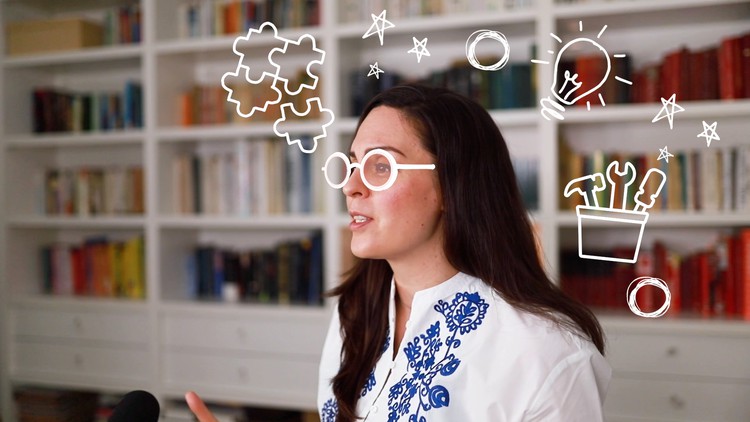
Expand your creativity, design and problem-solving abilities by learning how to think like an architect.
What you will learn
☑ Curiosity: the power of “breaking things apart and putting them back together again”
☑ Creativity: how the balance between creativity and organisation can fuel new ideas
☑ Empathy: how the ability to put yourself in the users shoes is the key to great design
☑ Make a model: How testing your ideas in smaller settings can help you take more complex decisions.
☑ Saving time: How to deal with repeatable problems
☑ Less is more: how to prioritise your problems
Description
In this class, you will learn how to come up with new ideas, use curiosity as a source of information, deal with new problems, tackles repeatable problems and be more productive.
The class focuses on six aspects:
1. Curiosity
Here you will learn about the power of observation of your surroundings and how it contributes to inspiration and information of new ideas and projects. How the concept of “breaking things apart and putting them back together again” can help you understand more than your built environment.
2. Creativity
Here you will learn how architects keep the balance between creativity and organization and how it fuels new creative projects. I’m also going to talk about how keeping my ideas organized helped inspire one of my projects 4 years later.
3. Empathy
The key ingredient of great design has to be empathy and the ability of the designer to understand how the user perceives the space or the product he/ she is trying to design. The more you can anticipate the user’s needs, the more they will love your design. In this lesson, I will talk about the design of a bus and how great empathy made the bus accessible for all.
4. Make a model
Sometimes we stand before very complex challenges and more theoretical information does not help us move forward with making a decision. In those cases, we need to try our problem in a smaller, less risky way. Here you will learn how the idea of making models has informed me about how to tackle other problems in my life.
5. Saving time
Sometimes we deal with repeatable problems, the sum of which can take us a lot of time. Here you will learn how Templates and Standard Operating Procedures can help you become more productive without sacrificing the quality of your work.
6. Less is more
An expression that came from architect Mies van der Rohe, has been associated with many things: Minimalism, decluttering, quality over quantity, but the one way that has been most useful to me has been its link to effectiveness. In this lesson, you will learn about a tool that I have used time and time again to sort out my most important task and not get sucked into doing busy work.
I hope that by the end of this class, you will see the productivity and creativity problems you may deal with in a new light and you will be able to come up with more original and effective solutions.
English
Language
Content
Introduction
Introduction
Curiosity
Creativity
Empathy
Make a model
Saving time
Less is more